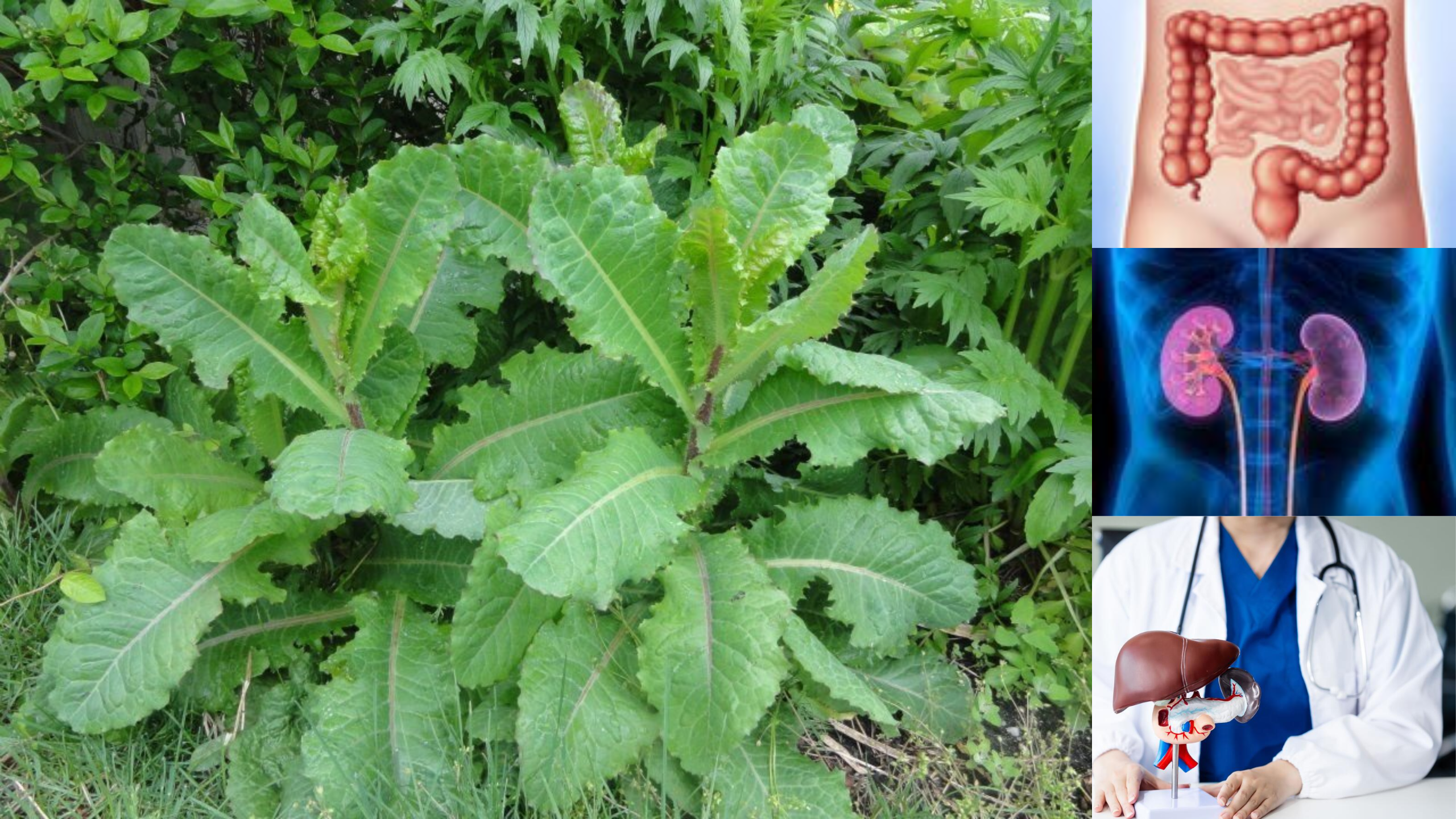Have you ever come across a plant that looks unassuming and even a little prickly but holds surprising benefits? Meet Lactuca serriola, more commonly known as prickly lettuce. This wild plant often gets overlooked, dismissed as a pesky weed. Yet, beneath its spiky exterior lies a treasure trove of traditional medicinal uses, nutritional value, and culinary potential. Let’s explore this fascinating plant in detail—how to identify it, harvest it, and harness its benefits safely and effectively.
What Is Prickly Lettuce? An Overview
Origin and Appearance
Native to Europe and Asia, prickly lettuce has now made its way across many regions worldwide. It’s a tall, slender plant, typically growing up to several feet. Its bluish-green leaves are edged with tiny, often sharp, prickles, giving it its name. Small yellow flowers bloom in clusters, making it identifiable in the wild. While it can resemble cultivated lettuce, its prickly leaves and taller stature set it apart.
Historical Significance
This hardy plant isn’t just a modern forager’s discovery. Ancient Egyptians and Greek civilizations valued prickly lettuce for its calming and sedative properties. Used in traditional herbal medicines, it was often prescribed to aid sleep and reduce anxiety—traits that have intrigued herbalists and researchers ever since.
The Nutritional and Medicinal Benefits
Lactucarium: Nature’s Mild Sedative
One of the most remarkable components of prickly lettuce is the milky sap it secretes—known as lactucarium. This resin-like substance has earned it the nickname “lettuce opium” due to its mild sedative and pain-relieving effects. Historically, people used it to quiet restless minds and promote restful sleep.
Nutritional Content
While prickly lettuce isn’t as widely consumed as the common garden lettuce, it still packs a nutritional punch. It contains essential vitamins like Vitamin A and K, both vital for vision, immunity, and blood clotting. It also provides minerals such as iron, supporting blood health and energy.
Antioxidant Potential
Modern studies suggest that prickly lettuce may have antioxidant properties. Antioxidants help neutralize harmful free radicals in the body, potentially reducing oxidative stress and supporting overall health. Though research is ongoing, these initial findings hint at additional health benefits.
Harvesting Wild Lettuce: Tips and Tricks
When and How to Pick
For culinary uses, aim to harvest young, tender leaves—they’re less bitter and more palatable. Older leaves develop a bitter taste that can overpower dishes. If you’re interested in medicinal preparation, you can harvest the plant’s sap or lactucarium by making a small incision on the stem.
Safety First
Always remember: wild plants can have lookalikes that are toxic or unsafe. Proper identification is crucial. If you’re unfamiliar with the plant, consult an expert or reliable guides. And, as with any herbal remedy, check with a healthcare professional before incorporating it into your health routine.
Practical Uses and Preparations
Medicinal Applications

Traditionally, prickly lettuce has been used to treat insomnia, anxiety, and nervous tension. Its sedative effects can be harnessed via tinctures, teas, or even topical poultices. Always start with small doses to assess effects and avoid overuse.
Culinary Uses
Young leaves, once properly identified, can be added raw to salads or cooked similarly to spinach or other greens. The stems can be boiled or stir-fried, adding a nutritious twist to your meals.
Harvesting and Processing: How to Make the Most of Prickly Lettuce
Collecting and Preparing
Start by selecting young plants; older ones may have tougher, more bitter leaves. Remove the leaves carefully—traditional harvesting techniques involve gently pulling or brushing against the plant’s growth direction. For medicinal preparations, you can use both fresh and dried leaves.
Drying for Storage
Dehydrating is the preferred method to preserve prickly lettuce. Using a dehydrator ensures consistent, vibrant drying without the risk of spoilage. Sun drying can work but may degrade some nutrients and colors. Once dried, the leaves can be crushed into powder for later use in tinctures or teas.
Making Tinctures: A Step-by-Step Guide
- Select your plant material: Use fresh or dried leaves.
- Maceration: Blend the leaves with a high-proof alcohol (such as 190 proof grain alcohol) to extract the active compounds.
- Steeping: Let the mixture sit in a jar at room temperature, shaking occasionally, for several hours to a few weeks.
- Optional Heating: Gentle warming (below 180°F) during steeping can increase extraction efficiency.
- Filtering: Strain out the plant material.
- Concentration: Evaporate excess liquid slowly to create a concentrated extract or syrup.
Note: When using alcohol-based extracts, always label them clearly and store them in a cool, dark place.
Tips for Safe and Effective Use
- Always properly identify Lactuca serriola to differentiate it from lookalikes, some of which may be harmful.
- Start with small doses, especially when taking it medicinally.
- Never self-medicate without professional guidance, particularly if pregnant, nursing, or on medication.
- Use in moderation; wild plants contain potent compounds that can cause adverse effects if misused.
Final Thoughts
Prickly lettuce is a classic example of nature’s hidden treasures—plants that have served humans for centuries in both nutritional and medicinal capacities. Whether you’re drawn to its calming properties or curious about its culinary potential, approaching this plant with respect and knowledge ensures you can safely enjoy its benefits.
By growing familiarity with prickly lettuce, you add a versatile wild plant to your garden, kitchen, and natural medicine cabinet. Embrace this unassuming plant, and you might discover a new ally in nurturing your health and well-being.


1 thought on “Unlocking the Hidden Power of Prickly Lettuce: A Guide to Its Medicinal and Culinary Uses”